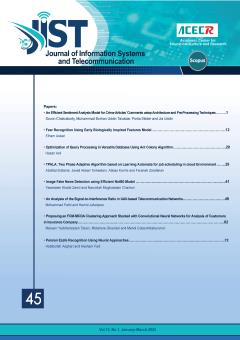As a way of simplifying, size reducing and making sense of the structure of each social network, blockmodeling consists of two major, essential components: partitioning of actors to equivalence classes, called positions, and clarifying relations between and within posit
More
As a way of simplifying, size reducing and making sense of the structure of each social network, blockmodeling consists of two major, essential components: partitioning of actors to equivalence classes, called positions, and clarifying relations between and within positions. Partitioning of actors to positions is done variously and the ties between and within positions can be represented by density matrices, image matrices and reduced graphs. While actor partitioning in classic blockmodeling is performed by several equivalence definitions, such as structural and regular equivalence, generalized blockmodeling, using a local optimization procedure, searches the best partition vector that best satisfies a predetermined image matrix. The need for known predefined social structure and using a local search procedure to find the best partition vector fitting into that predefined image matrix, makes generalized blockmodeling be restricted. In this paper, we formulate blockmodel problem and employ a genetic algorithm to search for the best partition vector fitting into original relational data in terms of the known indices. In addition, during multiple samples and various situations such as dichotomous, signed, ordinal or interval valued relations, and multiple relations the quality of results shows better fitness to original relational data than solutions reported by researchers in classic, generalized, and stochastic blockmodeling field.
Manuscript profile


